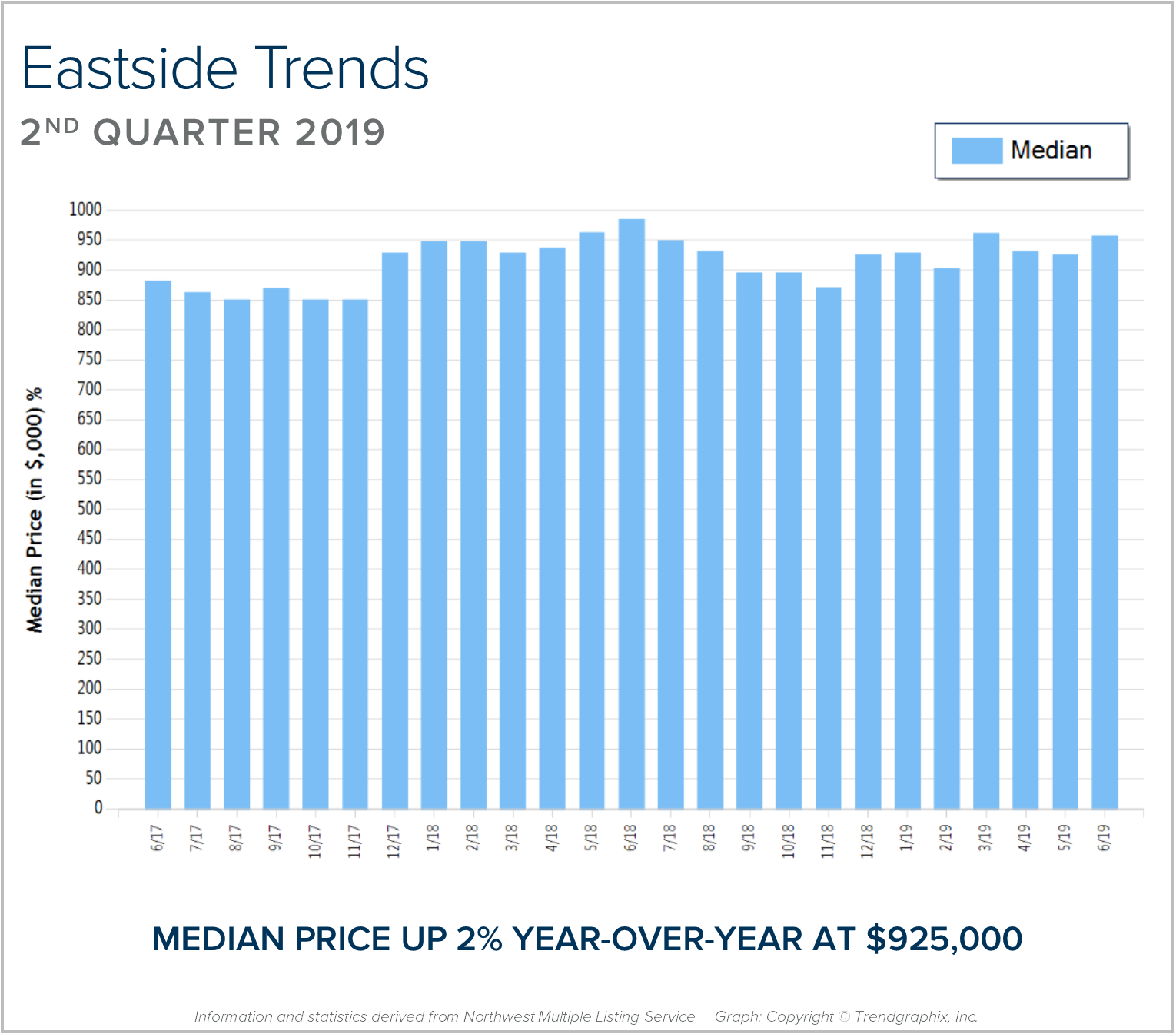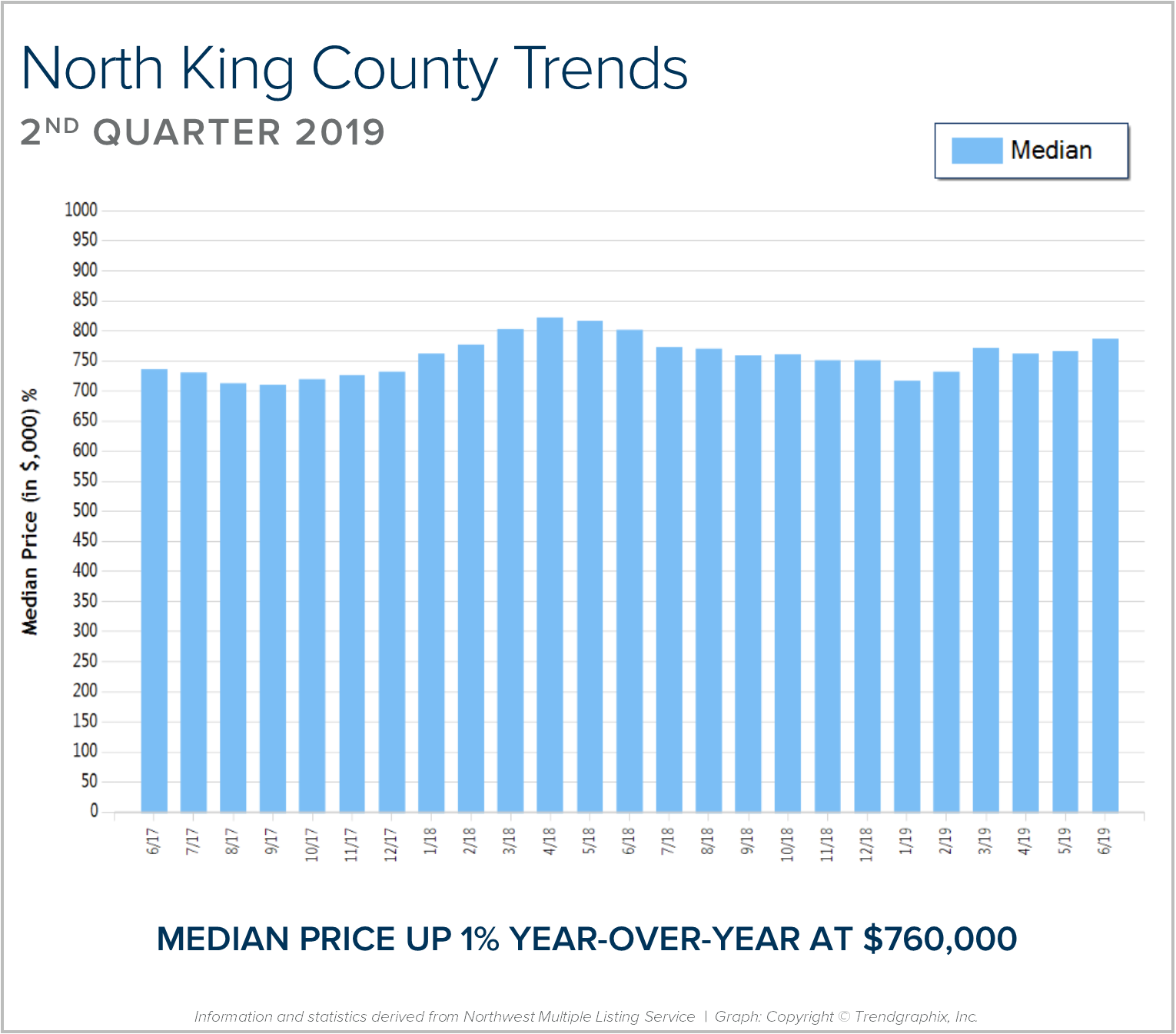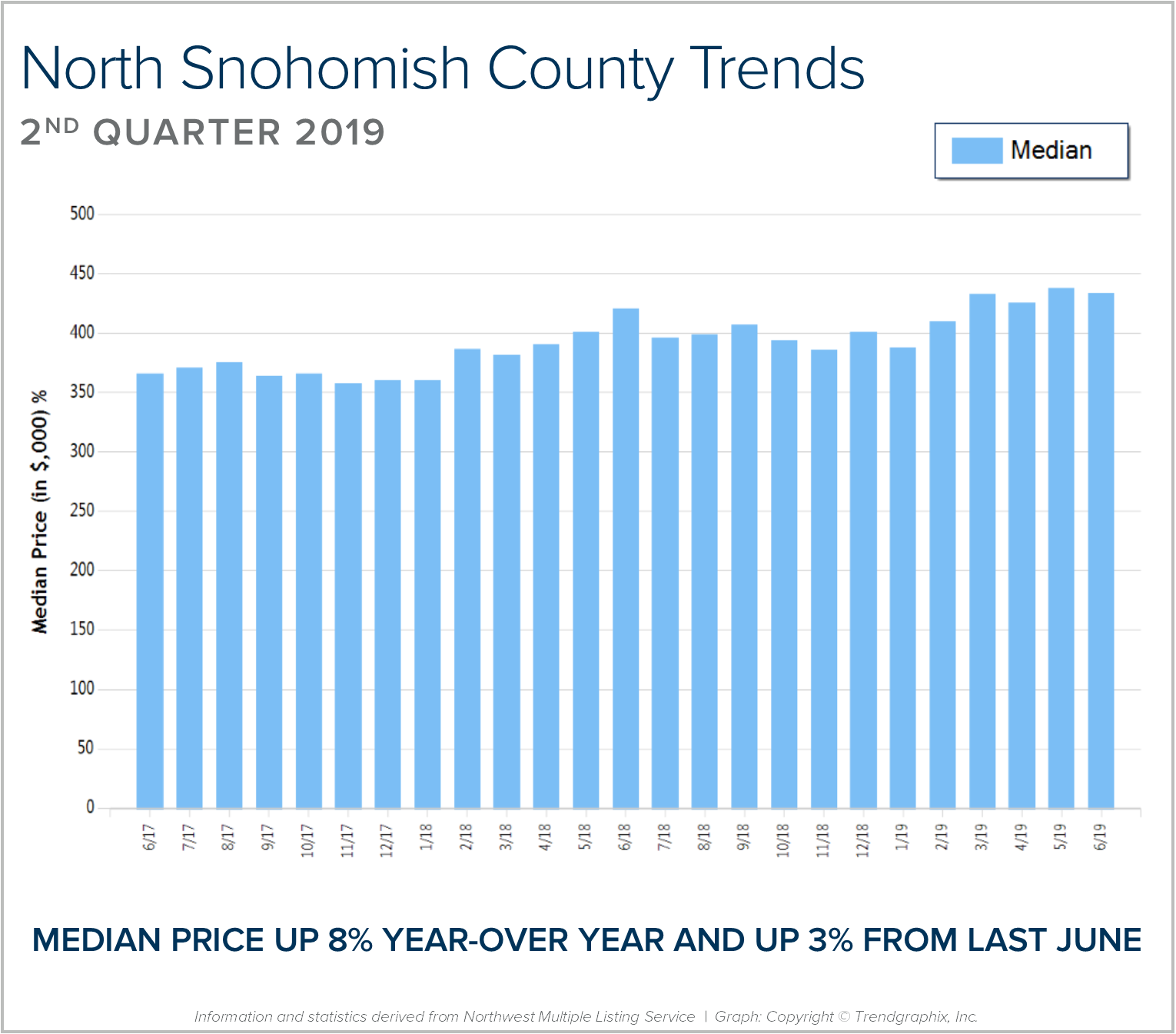SOUTH SNOHOMISH
Arlington’s Movies @ Olympic Theater
Olympic Theater
6/21 The Lego 2 Movie
7/19 Spider Man: Into the Spider-Verse
8/2 Dumbo
Edmond’s Outdoor Movie Night
Frances Anderson Center Field
7/26 Trolls
8/2 A Wrinkle in Time
Everett’s Cinema Under the Stars
Thornton Sullivan Park, Camp Patterson Field
7/19 Incredibles 2
7/26 Ralph Breaks the Internet
8/2 The Lego Movie 2
8/9 Spider Man: Into the Spider-Verse
8/16 How to Train Your Dragon: The Hidden World
Everett’s Sail-In Cinema
Port of Everett North Guest Docks 6 & 7 (by boat) or Boxcar Park (by land)
7/19 Battleship
7/26 Transformers
8/2 Remember the Titans
8/9 Pirates of the Caribbean
8/16 The Proposal
8/23 Moana
Marysville Popcorn in the Park
Jennings Park
7/13 A Dog’s Way Home
7/20 Ralph Breaks the Internet
7/27 Bumblebee
8/3 Incredibles 2
8/10 The Karate Kid
Monroe Movies Under the Moon
Lake Tye Park
8/2 The Incredibles 2
8/9 Ralph Breaks the Internet
8/16 Mary Poppins Returns
8/23 Black Panther
Movies in the Park
Willis Tucker Park (Snohomish)
7/25 The Incredibles 2
8/1 How to Train Your Dragon: The Hidden World
Lake Stevens Community Park
8/8 Jurassic World: Fallen Kingdom
8/15 Mary Poppins Returns
EASTSIDE
Bellevue Movies in the Park
Downtown Park
7/9 Hotel Transylvania 3
7/16 A Dog’s Way Home
7/23 Smallfoot
7/30 How to Train Your Dragon: The Hidden World
8/6 The Lego Movie 2
8/13 Ferdinand
8/20 Wonder Park
8/27 Back to the Future
Crossroads Movies in the Park
Crossroads Park
8/1 Christopher Robin
8/8 Ralph Breaks the Internet
8/15 The Incredibles 2
8/22 Mary Poppins Returns
Carillon Point Outdoor Movies
Carillon Point Plaza
7/6 Mean Girls
7/20 Crazy Rich Asians
8/3 The Incredibles 2
8/17 Solo: A Star Wars Story
Movies at Marymoor
Marymoor Park
7/10 Ferris Bueller’s Day Off
7/17 Bohemian Rhapsody
7/24 Spider Man: Into the Spider-Verse
7/31 Top Gun
8/7 The Incredibles 2
8/13 The Sandlot
8/22 Grease
8/28 The Princess Bride
SEATTLE
Bite of Seattle
Seattle Center Mural Amphitheatre
7/19 Wayne’s World
Cinema under the Stars
Columbia Park
7/20 Spider Man: Into the Spider-Verse
8/17 The Lego Movie 2
International District Summer Cinema
Hing Hay Park
8/3 Crazy Rich Asians
8/10 Iron Monkey
8/17 Mirai
8/24 Up
Movies at the Mural
Seattle Center Mural Amphitheatre
7/27 The Princess Bride
8/3 Crazy Rich Asians
8/10 Bohemian Rhapsody
8/17 Dirty Dancing
8/24 Black Panther
Outdoor Movie Nights @ Peddler Brewing
Peddler Brewing Co Beer Garden
5/30 The Goonies
6/6 Bridesmaids
6/13 Super Troopers
6/20 Indiana Jones: Raiders of the Lost Ark
6/27 Mean Girls
7/11 The Hangover
7/18 The Princess Bride
7/25 10 Things I Hate About You
8/1 Back to the Future
8/8 Point Break
8/15 Pitch Perfect
8/22 The Sandlot
8/29 The Big Lebowski
Seattle Outdoor Cinema
South Lake Union Discovery Center (21+)
6/22 The Matrix: 20th Anniversary
7/20 Bill & Ted’s Excellent Adventure: 30th Anniversary
8/17 The Life Aquatic
Seattle Skyway Outdoor Cinema
Skyway Outdoor Cinema
8/2 Incredibles 2
8/9 The Princess Bride
8/16 Aquaman
8/23 Spider Man: Into the Spider-Verse
 Facebook
Facebook
 X
X
 Pinterest
Pinterest
 Copy Link
Copy Link




























